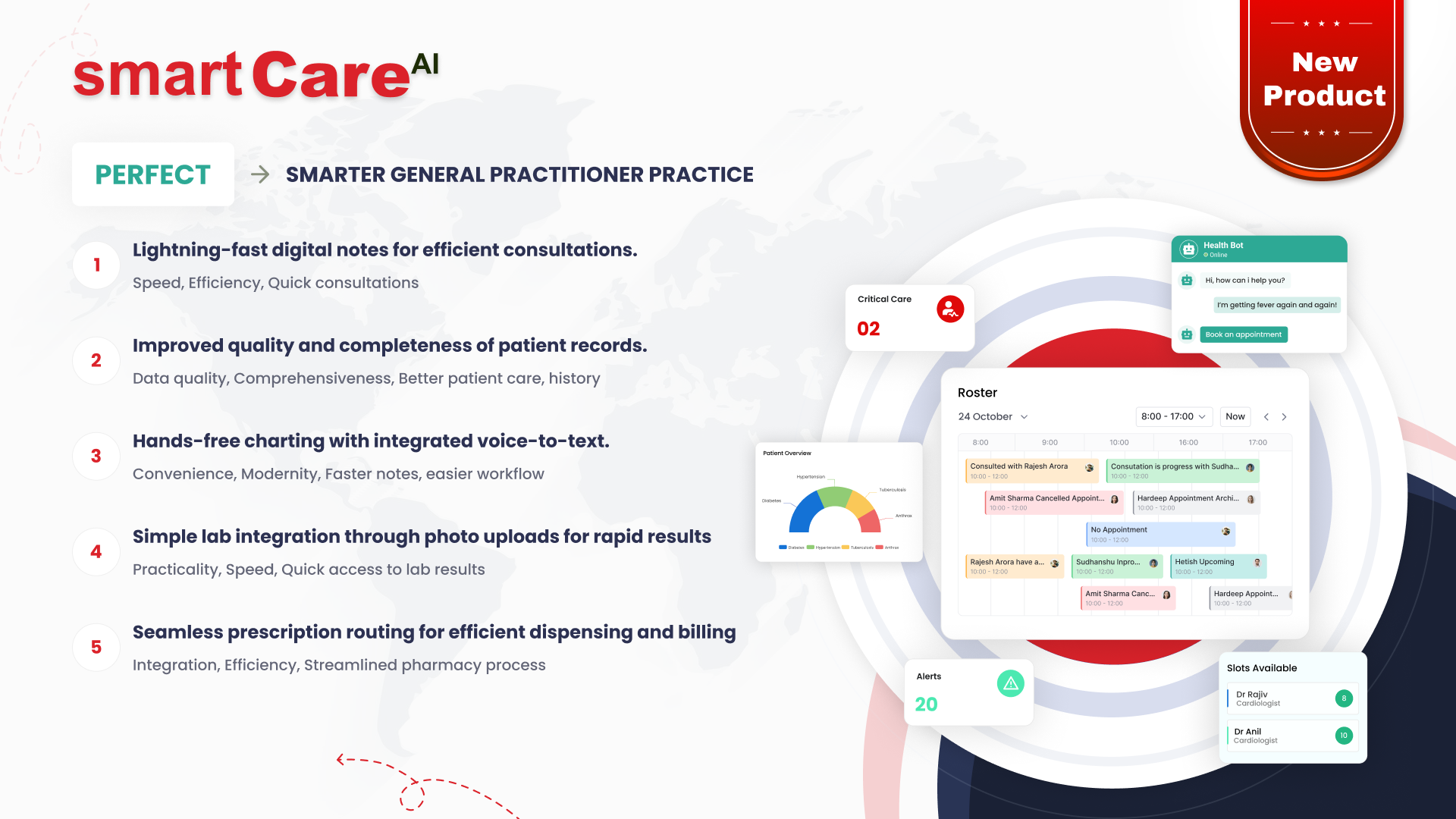Posted On July 31, 2024
Strategic planning as a driving force for business growth
Effective strategic planning is essential for driving business growth and ensuring long-term success. By focusing on purposeful growth, making bold moves, dynamically allocating resources, launching strategic initiatives, adapting to market changes, developing talent, and measuring performance, businesses can create robust strategies that foster innovation, resilience, and sustainable success. Key aspects of strategic planning for business growth include:
Purposeful Growth:
Prioritize profitable and sustainable growth, aligning expansion with core values and objectives. This approach fosters a culture of innovation, employee engagement, and customer satisfaction.
Bold Moves:
Proactively choose growth opportunities and allocate resources to support them. Embracing a through-cycle growth mindset, even during economic uncertainty, is crucial. Bold bets during challenging times can lead to steeper growth curves and competitive advantage.
Dynamic Resource Allocation:
Establish a flexible framework for allocating resources, including capital and talent. Encourage experimentation, shutting off underperforming projects while retaining talent. Failed experiments should be viewed as opportunities for growth, not penalties for executives.

Strategic Initiatives:
Drive long-term success through targeted initiatives, such as new products, market strategies, or digital transformation. These efforts often require significant resources and funding, differing from organic growth.
Agile Adaptation:
Stay attuned to market shifts and adjust strategies accordingly. Encourage a culture of continuous learning, innovation, and improvement.
Talent Development:
Invest in employee growth and development, ensuring the right skills and expertise to support strategic objectives.
Performance Metrics:
Establish clear, measurable performance indicators to monitor progress, adjust strategies, and optimize resource allocation.
By embracing these key aspects of strategic planning, businesses can drive purposeful growth, navigate uncertainty, and achieve sustainable success.








